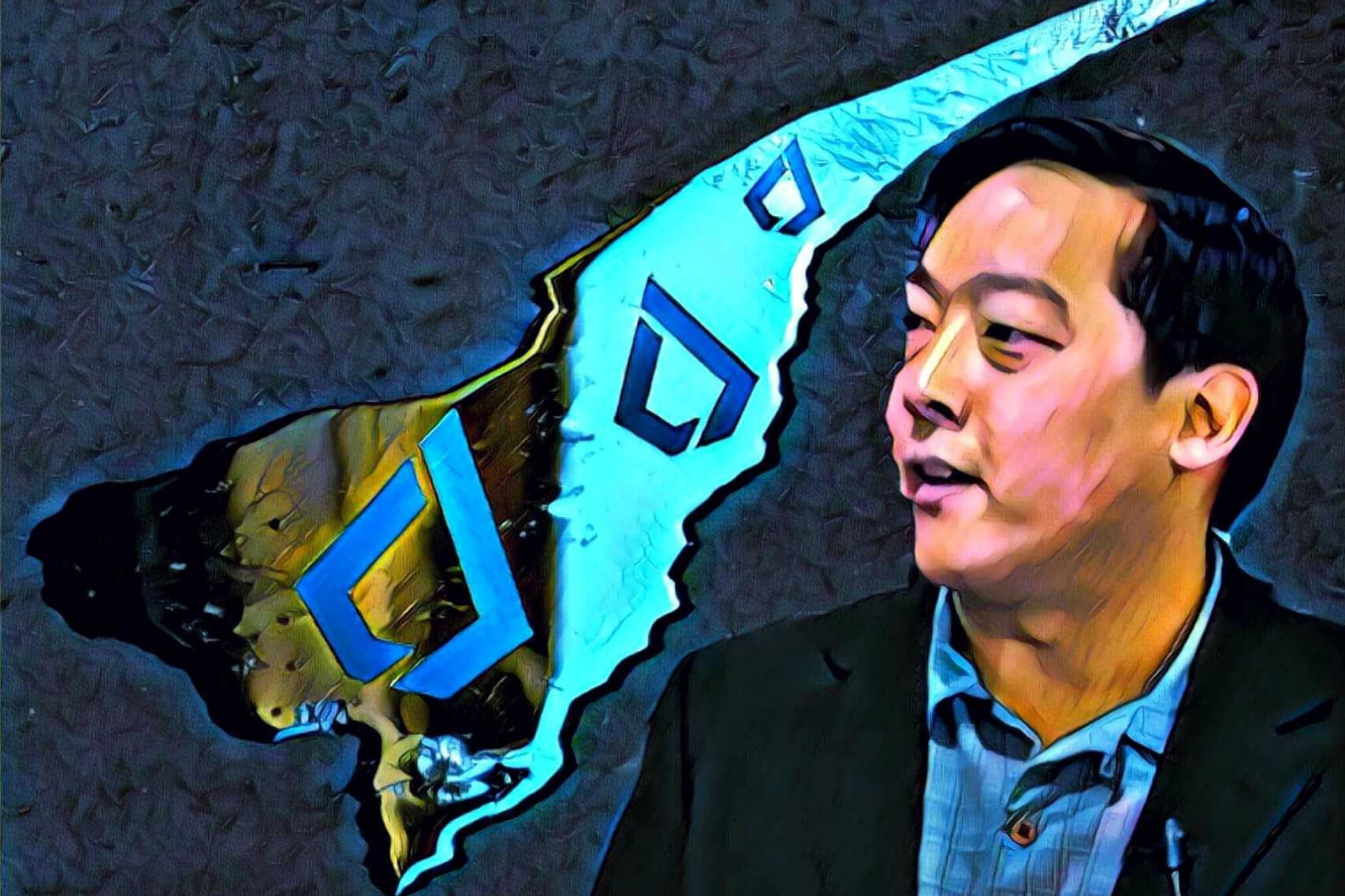A YouTube livestream with TokenPay CEO Derek Capo and Litecoin founder Charlie Lee has yielded some significant news for the Lisk project.
The livestream focused on partnership updates and at around the 48:00 minute mark, Capo revealed that it is the Lisk project is working with WEG Bank.
As transcribed by reddit user John_Muck:
Let’s see, yeah, I’d like to get into the bank update. So I think the number one thing is the bank right now is actually testing for corporations in their system. The company that they’re working with right now is Lisk to actually have the first corporate account as a test. Then once that’s done then they will onboard token pay and then the litecoin foundation to have the bank account. It’s taken a little bit longer than expected because it has just been, you know, obviously presenting to the government all of this stuff.
This partnership will allow WEG Bank and it’s network of 800 banks to leverage Lisk’s technology to integrate with crypto.
As Capo put it:
… [this] allows the bank to be able to work with other crypto companies and have the infrastructure to be able to communicate
In mid-2018, WEG Bank and TokenPay finalized a deal where share certificates representing 9.9% equity in WEG Bank were transferred to TokenPay, with the option of acquiring 80.1% more upon regulatory approval. The bank wished to try new fintech solutions, which TokenPay could provide while it also served its original real estate clients.
Following this, TokenPay and Litecoin agreed to have joint ownership of WEG Bank. The former would focus on the marketing and growth side, while the latter would create blockchain systems and form related solutions.]
Lisk is a platform that helps developers and companies build blockchain systems easily, using JavaScript. It aids companies in moving on from legacy systems and offers easily deployment of dapps on sidechains for flexibility.
As such, a smaller bank like WEG using Lisk could mean a lot for both entities — exposure and adoption for one, and growth and greater efficiency for the other.

